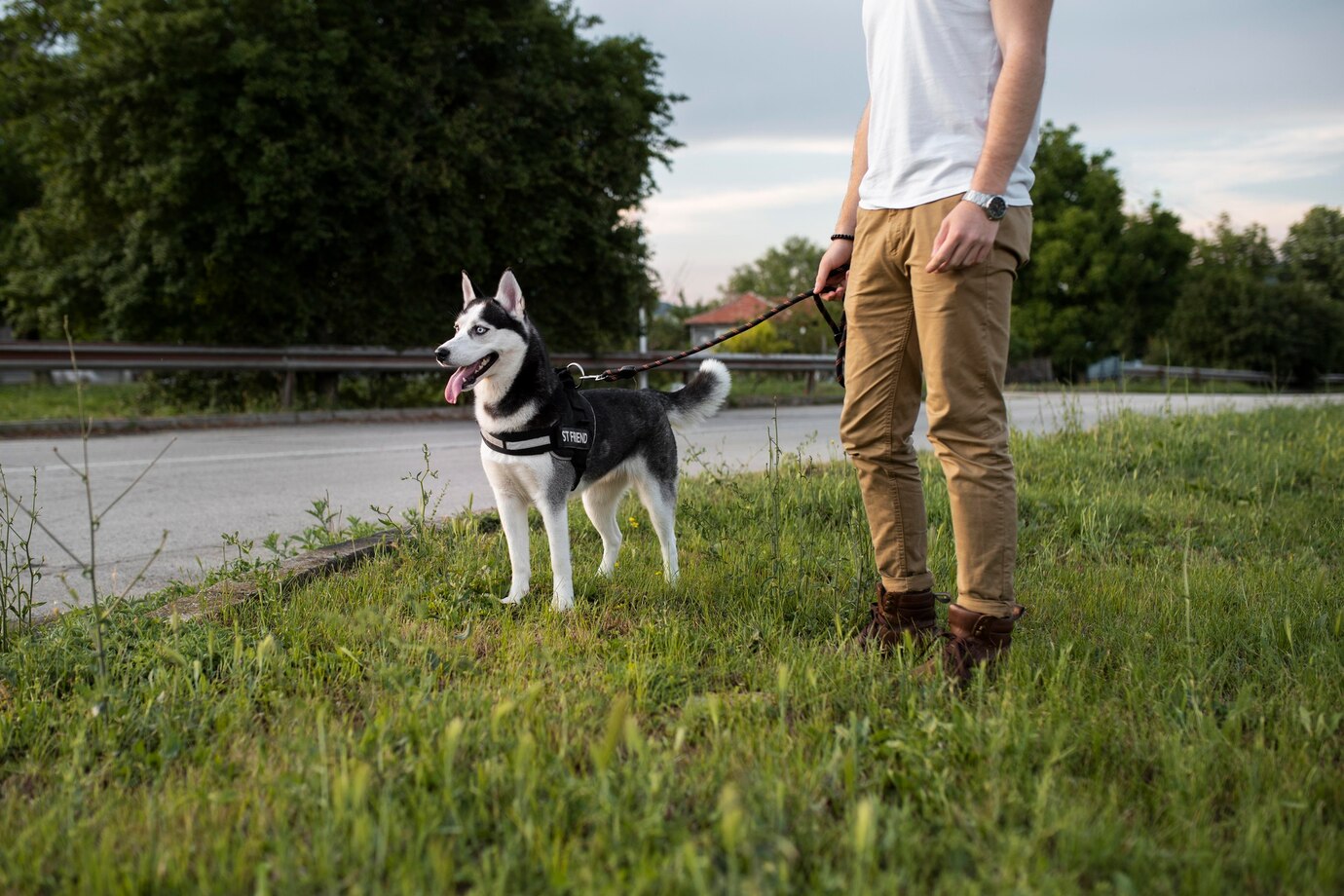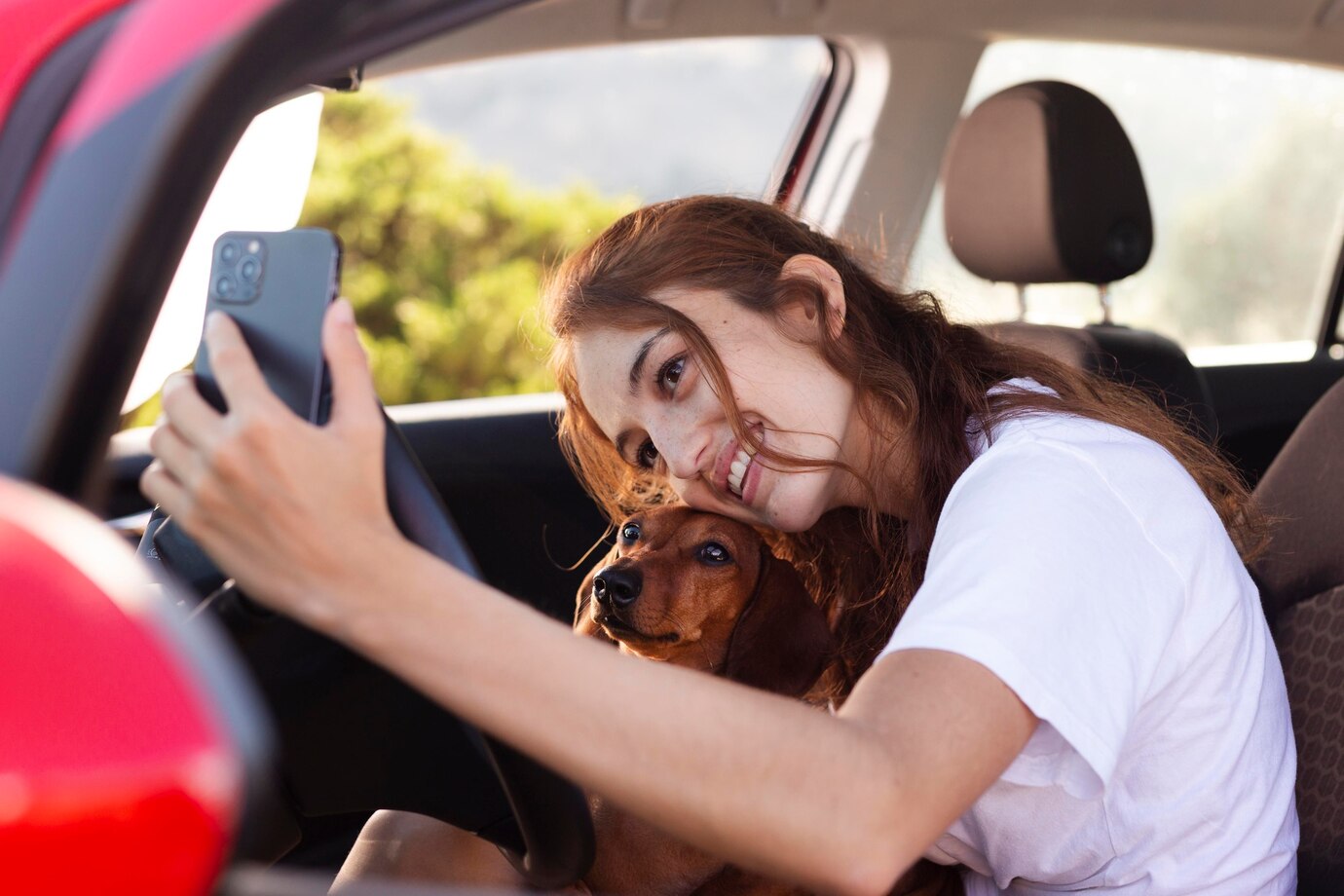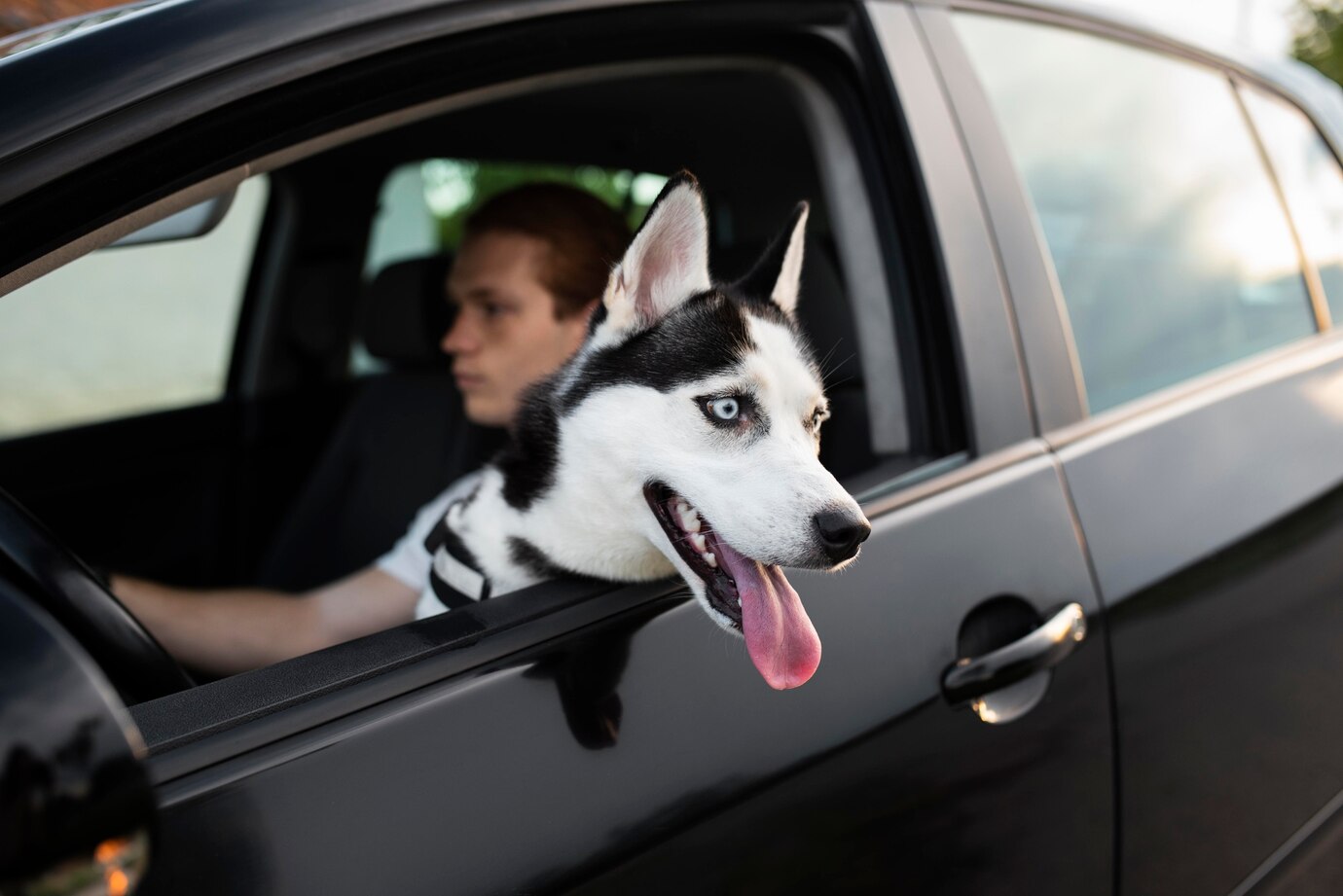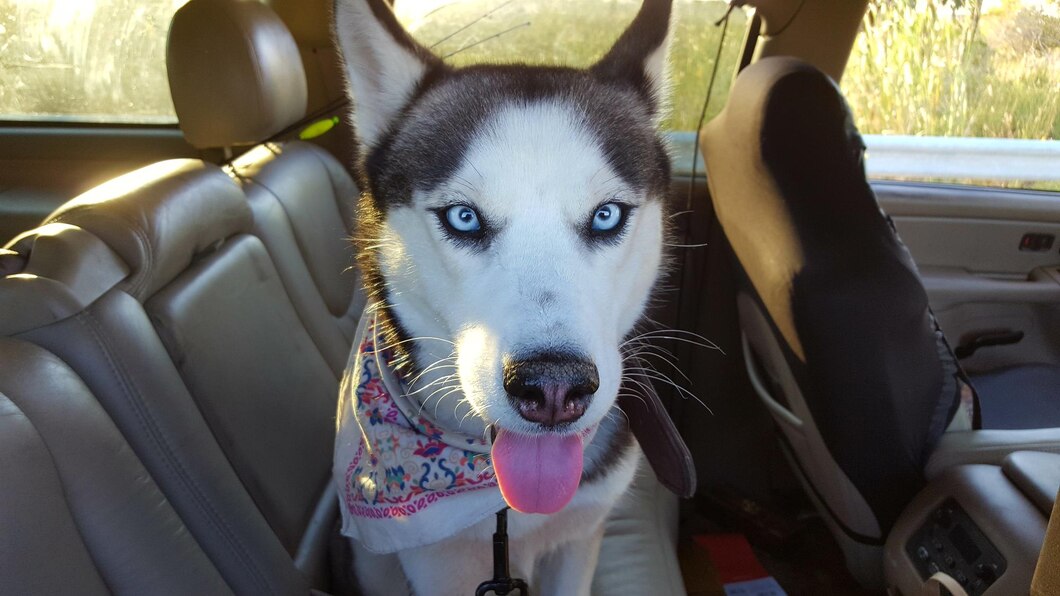Dogs cry in the car due to anxiety or motion sickness. They may feel uncomfortable or stressed during the ride.
Many dog owners notice their pets crying in the car. This behavior can stem from anxiety or motion sickness, causing distress for both the dog and the owner. Anxiety might arise from unfamiliar sounds, movements, or past negative experiences associated with car rides.
Motion sickness, on the other hand, can make the dog feel nauseous, leading to crying or whining. Understanding the root cause is crucial for addressing the issue effectively. Training, desensitization, or consulting a vet for possible medication can help alleviate your dog‘s discomfort. Providing a comfortable and familiar environment can also make car rides more enjoyable for your furry friend.
Common Causes Of Crying
Dogs often cry in the car due to anxiety or motion sickness. Separation from their owners and unfamiliar environments can also trigger distress.
Anxiety Triggers
Dogs can feel scared in the car. They may not be used to new environments. Loud noises can also frighten them. Some dogs remember a bad experience. This can make them anxious. Being away from home can cause stress.
Motion Sickness
Some dogs feel nauseous when the car moves. Their inner ear gets confused. This makes them feel sick. Vomiting and drooling are common signs. Puppies are more likely to have motion sickness. They may outgrow it with time.
Recognizing Anxiety
Dogs often cry in the car due to anxiety or fear. Unfamiliar environments and motion can cause significant stress for them. Understanding their discomfort helps in addressing and easing their travel anxiety.
Behavioral Signs
Dogs show anxiety through different behaviors. Some dogs whine or bark. Others may pace or tremble. Some dogs try to hide or cling to their owners. These actions tell us that the dog feels scared.
Physical Symptoms
Physical signs can also show anxiety. Dogs might drool a lot or pant heavily. Some dogs may even vomit. Shaking or trembling is common too. These signs mean the dog feels very stressed.
The Role Of Past Experiences
Dogs remember bad events. A car ride to the vet can scare them. Loud noises or sudden stops also create fear. These moments stick in their minds. The fear shows as crying.
Rescue dogs have unknown pasts. They might have faced neglect or abuse. These dogs need extra care. A car can remind them of bad times. Comforting them helps ease their worries.
Environmental Factors
Environmental factors, such as unfamiliar noises and sudden movements, can make dogs feel anxious in the car. Changes in temperature or lack of ventilation might also contribute to your dog’s discomfort, causing them to cry during the ride.
Car Temperature
Dogs can feel very hot or very cold. The temperature inside a car can change quickly. High temperatures can make your dog uncomfortable. Low temperatures can also be a problem. Always keep the car at a comfortable temperature for your dog. This will help them feel better and stop crying.
Noise Levels
Cars can be very noisy. Loud noises can scare dogs. Engine sounds and traffic noise can make your dog cry. Try to keep the car as quiet as possible. You can play soft music to calm your dog. This will help reduce their stress and crying.
Health-related Issues
Dogs may cry in the car due to anxiety, motion sickness, or unfamiliar surroundings. Ensuring a comfortable environment can help alleviate their stress.
Pain And Discomfort
Your dog might be in pain. This pain could come from arthritis or injuries. Joint pain can make car rides uncomfortable. Old dogs often have these issues. Check for any signs of injury. A vet visit can help find the cause. Pain relief can make rides better.
Sensory Sensitivities
Some dogs have sensory issues. Loud noises can scare them. Bright lights might be too much. Fast movements can cause stress. New smells can be overwhelming. These sensitivities make car rides hard for them. Calm environments can help. Soft music and dim lights might ease their anxiety.
Training And Desensitization
Begin with short car rides to help your dog get used to it. Start by sitting in the car without moving. Gradually increase the time spent in the car. Take short trips around the block. Progress to longer rides as your dog becomes more comfortable. Patience is key during this process.
Offer treats and praise when your dog enters the car. Reward calm behavior throughout the ride. Use a favorite toy or blanket to create a familiar environment. Play soft music to help your dog relax. Consistent positive experiences make car rides enjoyable.
Comforting Your Dog
Bring your dog’s favorite blanket or toy in the car. These items can provide comfort and make the car feel more like home. A familiar scent can soothe your dog and reduce anxiety. Try placing the blanket on the seat to create a cozy spot. This can help your dog feel safe and secure during the ride.
Play soft music to create a calming atmosphere. Use a calming spray or diffuser with dog-safe essential oils. These can help reduce stress and make the car ride more pleasant. Short and frequent car rides can help your dog get used to the car. Gradually increase the duration as your dog becomes more comfortable.
When To Seek Professional Help
Persistent crying in the car may indicate anxiety or discomfort in your dog. Consulting a veterinarian or a professional dog trainer can help. Recognizing and addressing the root cause early ensures a smoother travel experience for your pet.
Consulting A Veterinarian
Dogs cry in the car for many reasons. A veterinarian can check for health issues. Sometimes dogs feel sick during car rides. The vet might find a medical problem. They can also suggest medications to help. It’s important to rule out health problems first.
Behavioral Specialists
If the vet finds no health issues, a behavioral specialist can help. They understand dog behavior well. Specialists can teach ways to calm your dog. They use training techniques to make car rides better. Some dogs need desensitization to the car. This means they learn to feel safe in the car. A specialist can make a big difference.
Another Post: Does Your Dog Sits by you
FAQ
Why Does My Dog Whine In The Car?
Your dog might be anxious or uncomfortable. Motion sickness, fear, or unfamiliarity can cause them to whine.
How Can I Calm My Dog In The Car?
Use a comfortable crate, play soothing music, or offer treats. These can help reduce your dog’s anxiety.
Is It Normal For Dogs To Cry In Cars?
Yes, many dogs cry in cars. It’s often due to anxiety, discomfort, or unfamiliarity with car travel.
Conclusion
Understanding why your dog cries in the car can improve their travel experience. Address their needs and make car rides enjoyable. Implementing these tips ensures a happier, stress-free journey for both you and your furry friend. Keep observing and adjusting to find what works best for your dog.
Safe travels!

